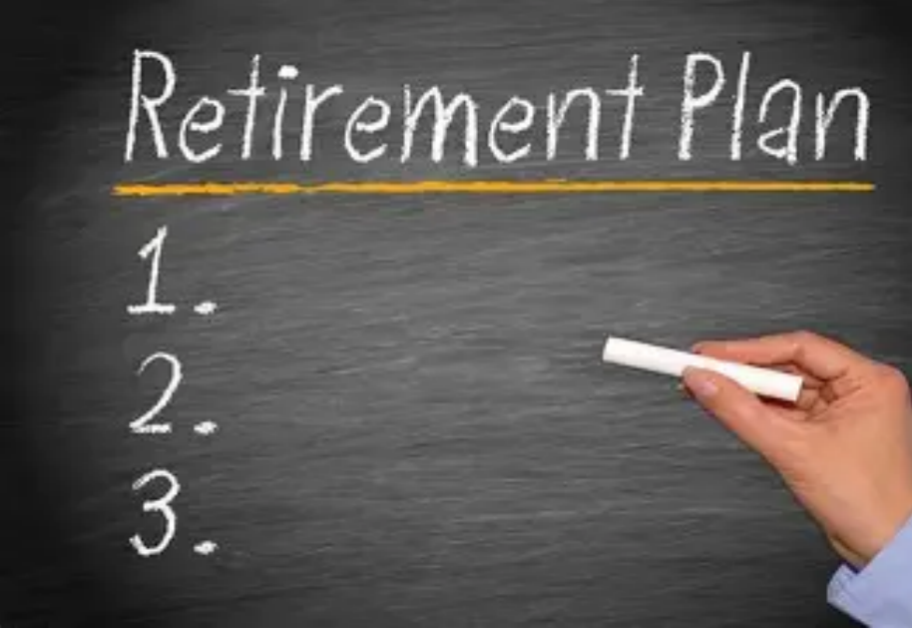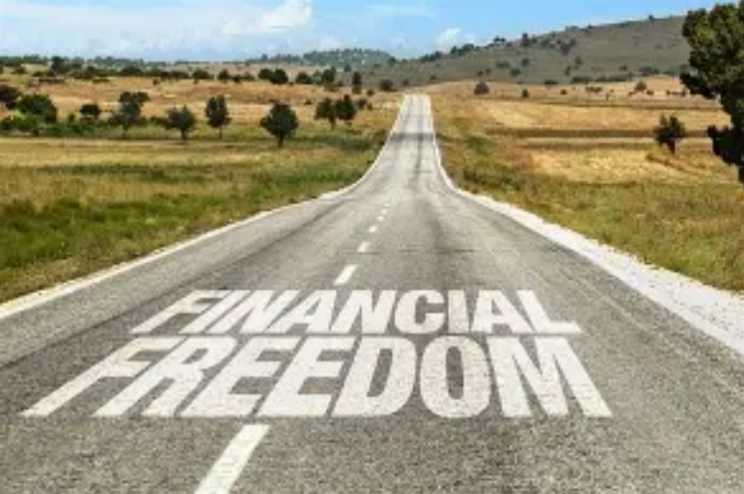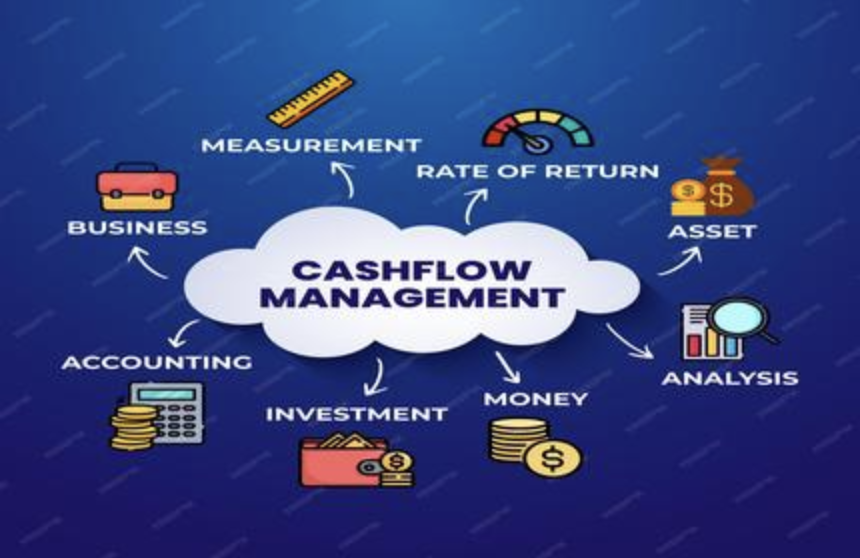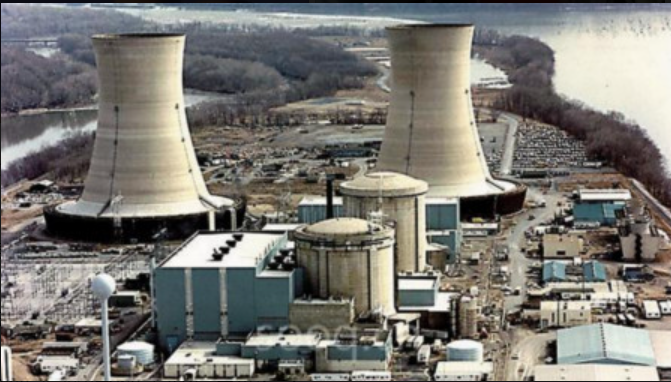
In the wake of the global energy security crisis, nuclear energy has re - emerged as a focal point for investors, with Wall Street closely reevaluating uranium and reactor stocks. The instability in traditional energy sources, combined with the urgency to reduce carbon emissions, has propelled nuclear power into the spotlight once again.
France, a longtime leader in nuclear energy, is now experiencing its own renaissance. Producing more than 70% of its electricity through nuclear power, France has long been a forerunner in this field. In reaction to the energy crisis, the French government has unveiled plans to construct new nuclear reactors.The investment - return model for these new projects is complex. On one hand, nuclear power plants have high initial construction costs. For instance, the construction of a new - generation EPR (European Pressurized Reactor) in France is estimated to cost between €5 - 8 billion. However, once operational, they offer long - term, stable power generation at relatively low marginal costs. The electricity generated can be sold at a price that is competitive in the long - run, especially considering the rising costs of fossil - fuel - based power generation due to fluctuating fuel prices.
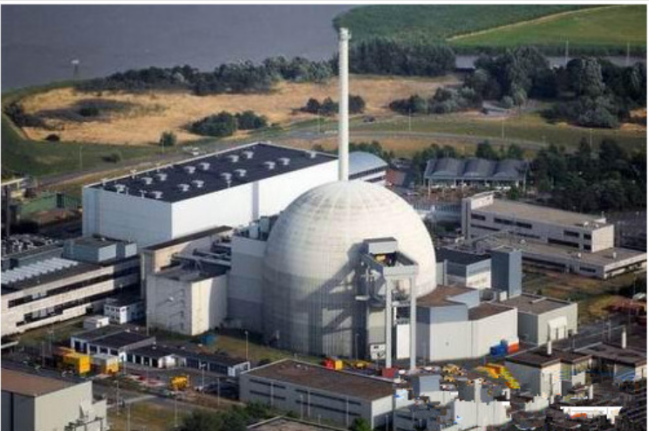
The French government also provides support through policies such as guaranteed power - purchase agreements, which ensure a stable revenue stream for nuclear power operators. This reduces the investment risk to some extent. Additionally, France's well - established nuclear supply chain and skilled workforce contribute to cost - effectiveness in the long term.
In the United States, the situation is somewhat different. The country has a large number of existing nuclear reactors, but new projects have faced significant hurdles in the past. However, with the energy security crisis, there is a renewed push for new nuclear installations, especially small modular reactors (SMRs). The investment - return model for SMRs in the US shows promise. SMRs have lower upfront costs compared to large - scale traditional reactors, with estimates of around $2 - 4 billion per unit. They are also more flexible in terms of deployment, which can be appealing for both grid - scale and off - grid applications.
In the US, some states offer incentives for nuclear power, such as zero - emission credits. These credits are capable of being sold in the carbon-credit market, offering an extra revenue avenue for nuclear power plants. Moreover, as the demand for stable, carbon - free energy grows, especially to support the expansion of data centers and other energy - intensive industries, the market for nuclear - generated electricity is expected to expand.
However, both in France and the US, the public acceptance of new nuclear projects remains a significant risk. In France, although the country has a long - standing nuclear program, there is still opposition from some environmental groups. The memory of nuclear accidents, such as the Chernobyl and Fukushima disasters, lingers in the public's mind. Any incident, regardless of its magnitude, can result in a substantial decline in public approval.In the US, public opposition has been a major factor in delaying or canceling many new nuclear projects.Worries over nuclear waste management, safety, and the possibility of nuclear weapons proliferation all fuel this opposition.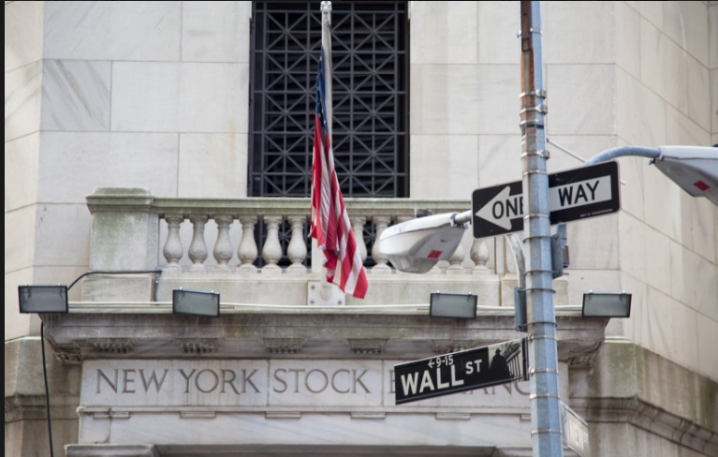
In conclusion, while the global energy security crisis has made nuclear energy an attractive investment option, with potentially favorable investment - return models in France and the US, the risk of low public acceptance cannot be overlooked. Wall Street investors need to carefully consider these factors when reevaluating uranium and reactor stocks.


